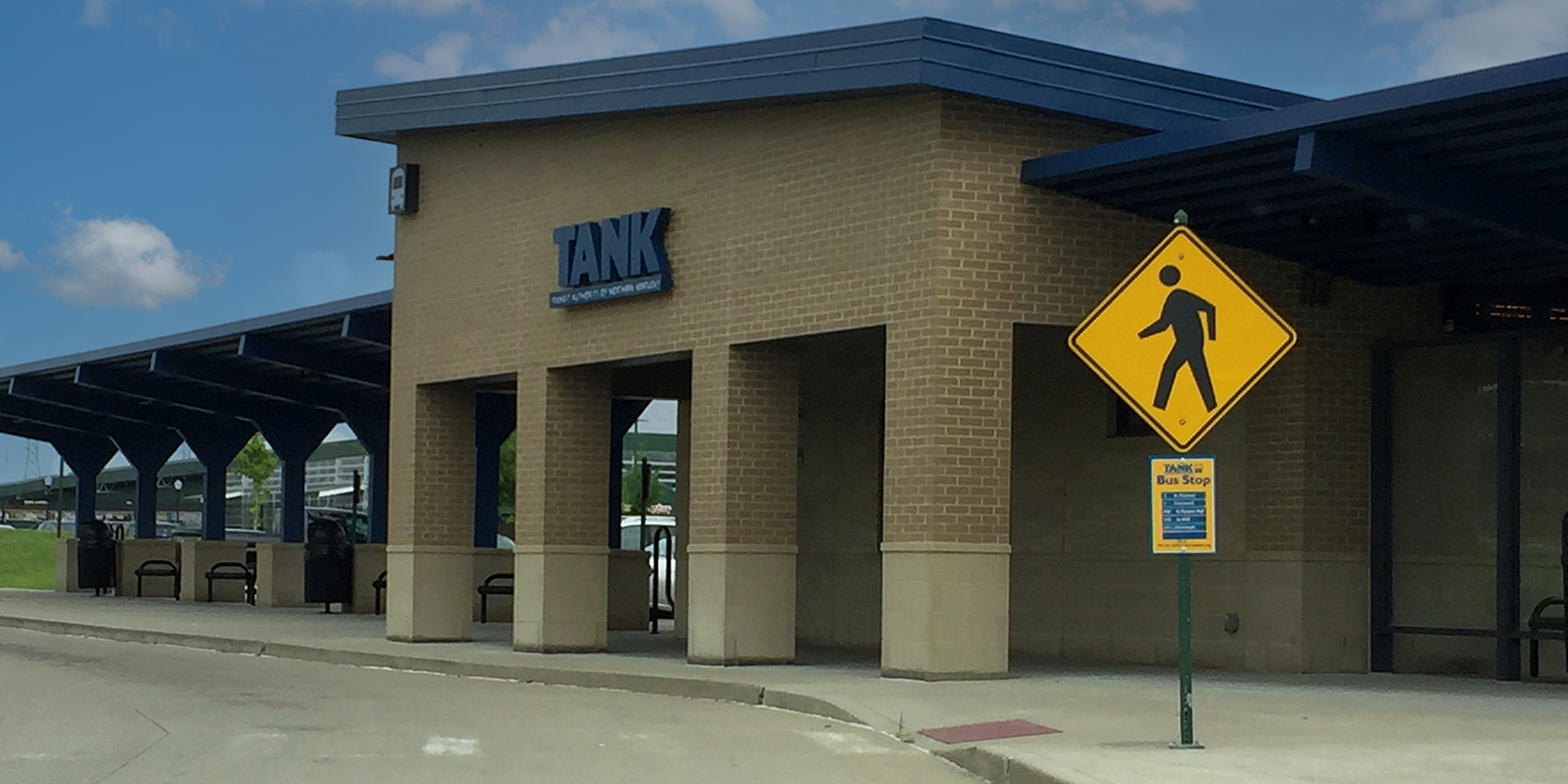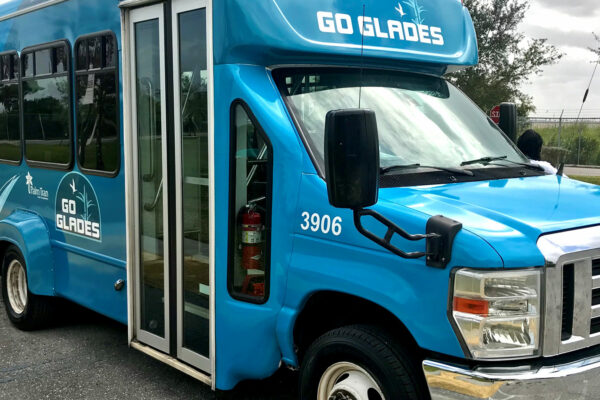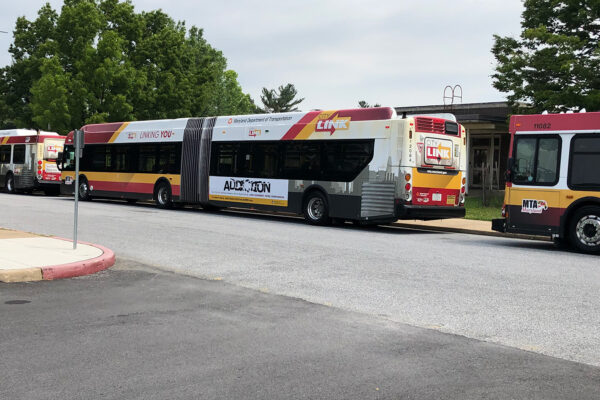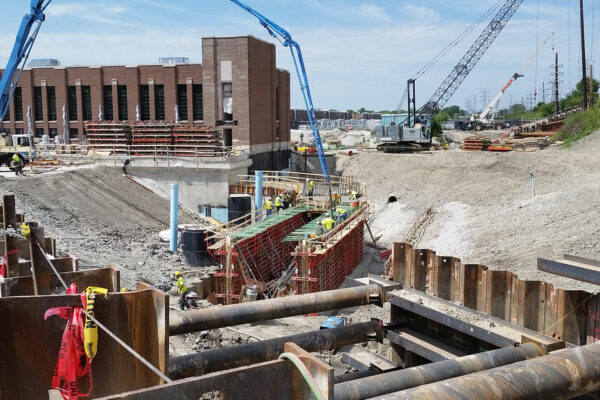TANK System Redesign Study

The Transit Authority of Northern Kentucky (TANK) sought an update to its Transit Network Update Study following its ridership rate declining 9.7% over a five-year period and key stakeholders questioning the efficacy of the existing route network and service structure, which was predicated primarily on accommodating peak-hour, peak-direction commuter travel between the Northern Kentucky service area and the City of Cincinnati.
To avoid jeopardizing funding from its constituent counties, TANK evolved its visioning update process to be more of a near-term, “snapshot” operational assessment to help re-imagine the existing network structure. This was done to help develop a new and improved route network and service structure that would better fit current revenue streams, be more sustainable over time and improve mobility options via TANK.
Benesch staff assessed all TANK routes and utilized APC data to support the analysis of individual route utilization and effectiveness. Demographic and land use analysis, along with considerations for existing and future planned development, also were utilized to assess the operating context of the network.
It was determined that the TANK routes lacked specific identity and duplicated service and the network was too sprawled and confusing to use. So, the proposed modifications and improvements focused on enhancing system efficiency and simplifying the extensive radial network. Two key recommendations to help do this involved moving the distant park-and-ride facilities to locations closer to the core network and establishing suburban transfer hubs to help improve frequency and connectivity among the routes. The modified routes were then reconfigured to serve these newly located nodes with the saved resources being reapplied to enhance frequency on key routes.
The redesign led to a new network with four key TANK service types: Frequent Service, Neighborhood Service, Jobs Express, and Commute Express. The focus shifted from coverage to core service frequency by reducing the geographic footprint. Route count went from 27 to 18, cutting service hours and peak vehicle needs for lower operating costs. Yet, more people and jobs were closer to improved 30-minute service. The new network boosted ridership by 20% in the initial three months following its launch.




